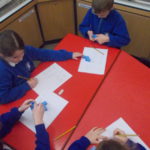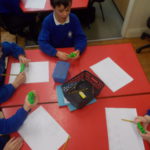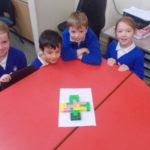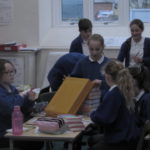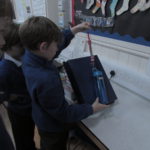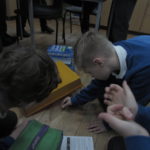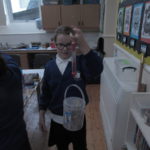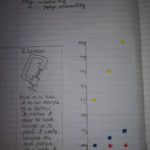From the humble ramp to complex systems of levers and pulleys, simple machines make our lives easier every day. Scafell class have been finding out more.
As part of their History topic of Ancient Egypt, Scafell class have been studying the six types of simple machine. These tools are everywhere in the world around us and give us mechanical advantage. This means they make doing really hard jobs a lot easier, by spreading out the force we need to use over time.
We all know that the Ancient Egyptians designed and built grand structures to honour the important people in their society. What’s really amazing is how the Egyptian engineers figured out how to build such huge monuments without the help of trucks or cranes. Instead, manpower and some clever use of simple machines made this great feat possible.
Huge stones were cut from quarries using a range of chisels – specially designed wedges to break the rock apart. The stones were likely transported using some kind of primitive form of the wheel to the nearest river, where they could be put onto a boat. Once at the building site, ramps, levers and pulleys were used to hoist the stones slowly up towards the top of the pyramid as it was built.
A lot of simple machines are quite intuitive to use, but it’s been fascinating to apply our math skills to the lessons and figure out exactly how simple machines make our lives so much easier.


